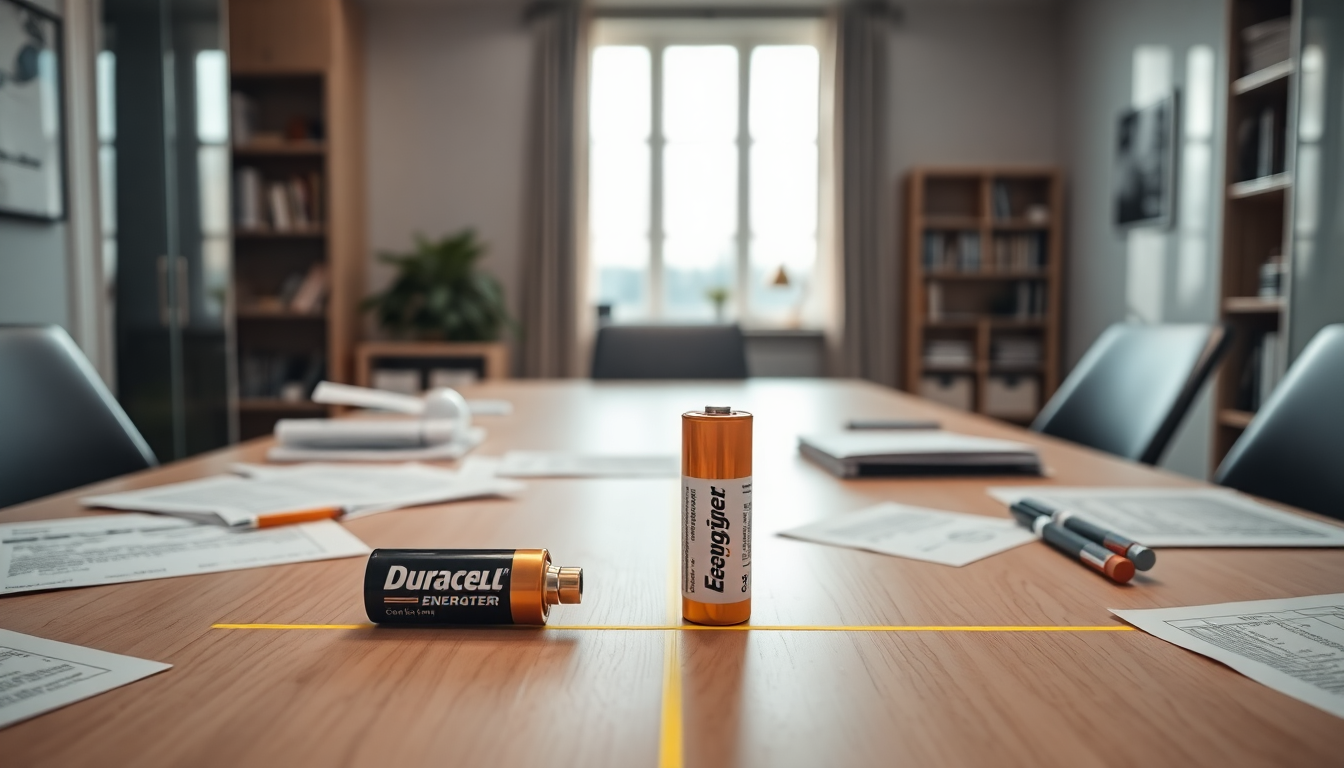Table of Contents
In the fast-paced world of batteries, things just got a little more heated. Duracell has filed a lawsuit against its rival, Energizer, in Manhattan federal court, claiming that Energizer has misled consumers about the longevity of its batteries compared to Duracell’s.
With both brands fighting tooth and nail for consumer loyalty, this legal showdown could reshape their business strategies and how consumers view them. But what exactly is at stake here?
What Are the Allegations Against Energizer?
On June 13, Duracell, which is part of Berkshire Hathaway, kicked off this legal drama by accusing Energizer of harmful advertising practices.
The crux of the dispute? Energizer claims that its Max batteries last a whopping 10% longer than Duracell’s Power Boost batteries. Duracell isn’t buying it, arguing that this claim is misleading and doesn’t hold true across their entire product line.
Have you ever wondered how much trust you can place in advertising claims?
Duracell’s lawsuit shines a spotlight on a crucial detail: Energizer’s assertions are based on a narrow comparison of AA batteries, following specific American National Standards Institute guidelines.
This raises some eyebrows—are these claims really valid, or is Energizer trying to gain market share at Duracell’s expense?
The rivalry escalates further with Energizer’s marketing featuring its iconic pink bunny, directly competing with Duracell. In a bold YouTube ad, Energizer proclaims, “No fluff.
Just facts,” boldly asserting that it outlasts Duracell. Such strong statements have led Duracell to accuse Energizer of false advertising. If proven, this could lead to serious legal consequences. Would you take those claims at face value?
A Long History of Rivalry
This isn’t the first time these two titans have clashed in court. In 2022, Energizer emerged victorious after a seven-year battle in Canada, where it successfully defended against Duracell’s longevity claims. The court’s decision favored Energizer’s trademark rights, particularly in connection with the Energizer Bunny mascot. Isn’t it fascinating how branding can shape market dynamics?
The litigation history between these two companies goes way back, with both sides trading lawsuits over product performance. These legal tussles underscore the cutthroat nature of the battery market, where clever advertising and brand positioning are crucial for consumer choice.
In 2016, for example, Energizer won a lawsuit against Duracell regarding the use of a pink bunny mascot, even though Duracell had introduced a similar character back in 1973. This ongoing battle over intellectual property highlights just how far both companies will go to protect their brand identities. How much do you think a mascot influences your buying decision?
What’s Next for Duracell and Energizer?
As this legal saga unfolds, the potential outcomes could significantly impact both companies and the broader battery market. If Duracell comes out on top, Energizer might have to rethink its advertising strategies and issue corrections. On the flip side, a win for Energizer could encourage it to continue its bold marketing tactics. What would this mean for consumers like you?
This ongoing legal battle is a stark reminder of the fierce competition within the battery sector. With consumers counting on reliable battery performance, the stakes couldn’t be higher for both brands. The eventual outcome could reshape consumer trust and brand loyalty, influencing the dynamics of the market in ways we can only speculate about.
In conclusion, the legal showdown between Duracell and Energizer illustrates the complexities of competition in the battery industry. As the litigation progresses, all eyes will be on these developments, which could set important precedents for advertising practices and brand competition in the future. Are you following this story? It’s one worth keeping an eye on!





